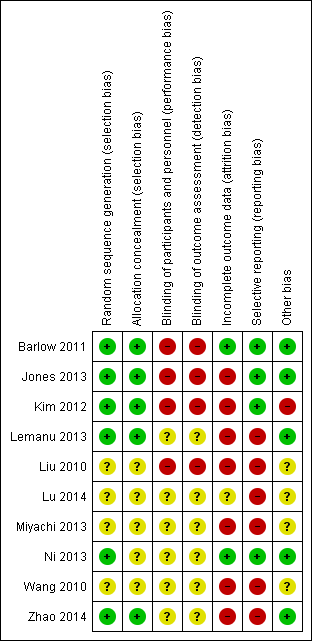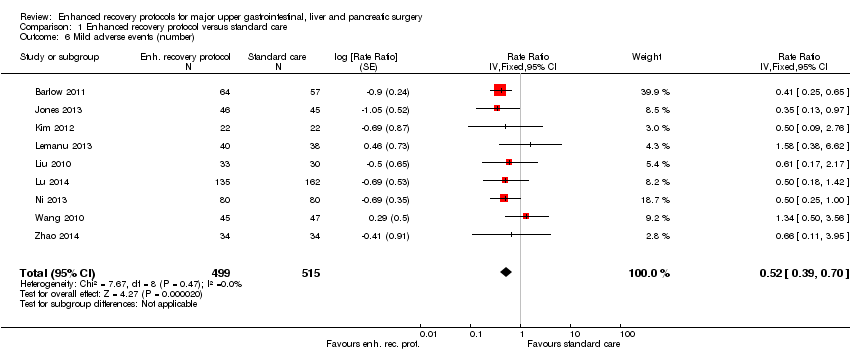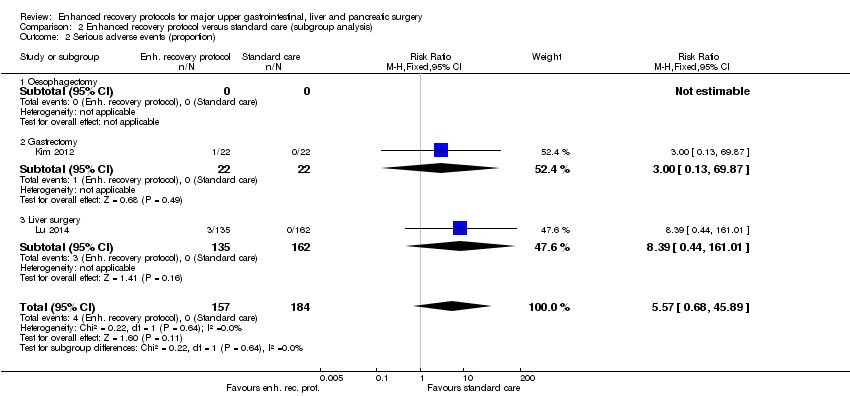Contenido relacionado
Revisiones y protocolos relacionados
Felix J Hüttner, Christina Fitzmaurice, Guido Schwarzer, Christoph M Seiler, Gerd Antes, Markus W Büchler, Markus K Diener | 16 febrero 2016
Kurinchi Selvan Gurusamy, Senthil Kumar, Brian R Davidson | 28 febrero 2013
Emma Upchurch, Mark Ragusa, Roberto Cirocchi | 30 mayo 2018
Kurinchi Selvan Gurusamy, Rahul Koti, Giuseppe Fusai, Brian R Davidson | 30 abril 2013
Georgia Herbert, Rachel Perry, Henning Keinke Andersen, Charlotte Atkinson, Christopher Penfold, Stephen J Lewis, Andrew R Ness, Steven Thomas | 22 julio 2019
Kurinchi Selvan Gurusamy, Charnelle Lusuku, Constantine Halkias, Brian R Davidson | 3 febrero 2016
Biniam Kidane, Shaun Coughlin, Kelly Vogt, Richard Malthaner | 19 mayo 2015
Yong Yuan, Xiaoxi Zeng, Yang Hu, Tianpeng Xie, Yongfan Zhao | 2 octubre 2014
Ralph F Staerklea, Raphael Nicolas Vuille-dit-Billea, Christopher Soll, Rebekka Troller, Jaswinder Samra, Milo A Puhan, Stefan Breitenstein | 20 enero 2021
Victoria B Allen, Kurinchi Selvan Gurusamy, Yemisi Takwoingi, Amun Kalia, Brian R Davidson | 6 julio 2016
Podcast relacionado
Respuestas clínicas Cochrane
Jane Burch, Deepak Singh‐Ranger | 1 marzo 2018




















